Introduction
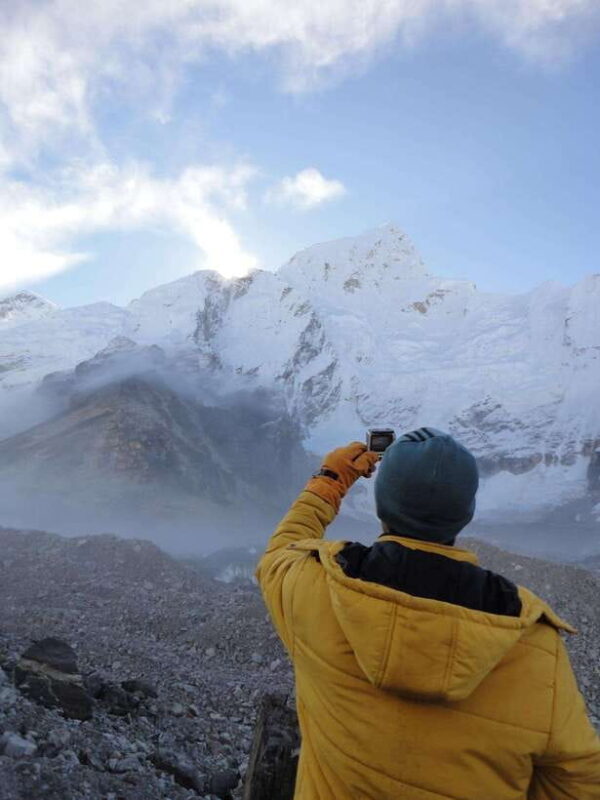
Travelers dreaming of standing beneath the world’s highest peaks often turn their gaze toward Nepal’s Everest region. This 12-day trek offers an authentic taste of Himalayan adventure—rich in spectacular views and Sherpa hospitality—without breaking the bank. While it’s challenging and requires good physical condition, it’s accessible enough for most fit travelers seeking a once-in-a-lifetime experience.
Two things we particularly appreciate about this trek: first, the stunning vistas of Everest and other colossal peaks like Lhotse and Ama Dablam that make every step worth it. Second, the inclusion of acclimatization days helps manage altitude sickness, making the journey safer and more enjoyable. The main consideration? The trek involves several days of trekking at high altitude, so preparation and a good attitude are essential. This trip is perfect for adventure seekers who crave genuine mountain scenery and culture without opting for the more expensive luxury routes.
You can check availability for your dates here:Key Points
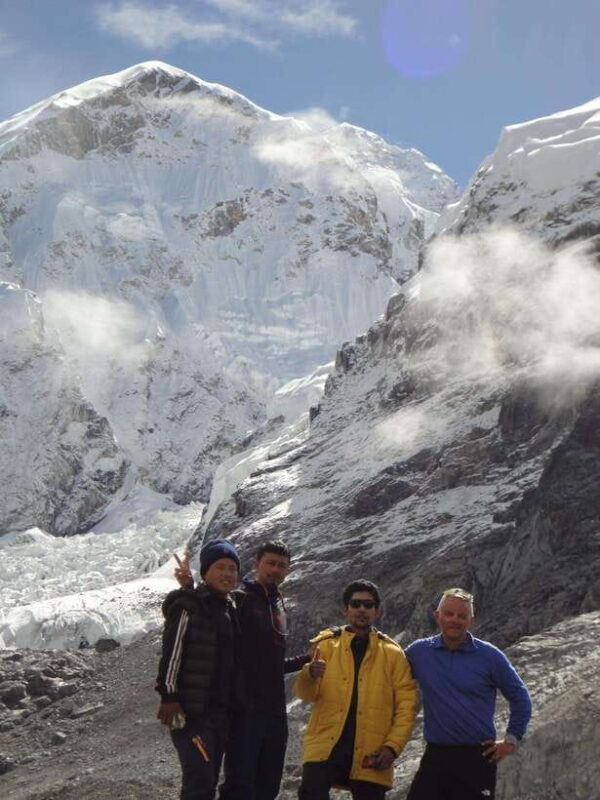
- Affordable price at $1,485 per person, offering excellent value for a comprehensive Everest experience.
- Stunning mountain views of Everest, Khumbu Icefall, and surrounding peaks.
- Well-planned itinerary with acclimatization days to improve safety and enjoyment.
- Includes all permits and domestic flights, simplifying logistics.
- Group size and support with experienced guides and porters, making the trek manageable.
- Limited inclusions for meals and extras, so budget accordingly.
You can also read our reviews of more hiking tours in Pheriche
A Practical Guide to the 12-Day Everest Base Camp Trek
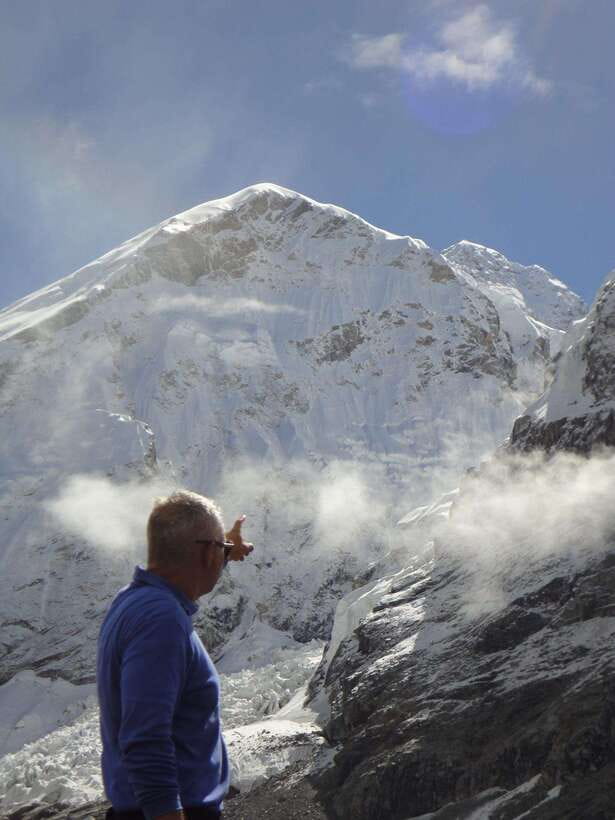
What’s Included and What’s Not
Starting with the basics, the trek’s price of $1,485 covers most essentials: domestic flights between Kathmandu and Lukla, all ground transportation, accommodation in teahouses, and the services of a qualified guide and porters. These guides are experienced, holding government licenses, which provides peace of mind. Also included are permits such as the Sagarmatha National Park fee and TIMS card, crucial for a smooth journey.
However, it’s important to note what’s not included. You’ll need to budget extra for meals in Kathmandu, personal expenses, and possibly extra baggage charges if you carry more than 15 kg. Also, rescue insurance and hotel nights in Kathmandu are on your tab. The trek itself offers basic twin-sharing lodge accommodations—clean, simple, and cozy, but not luxurious.
Transport & Logistics
Your journey begins with a scenic flight from Kathmandu to Lukla, often cited as one of the most exciting airplane rides in the world. Expect a short, bumpy flight that gives you your first real taste of the rugged terrain. From Lukla, the trek officially starts, following the Dudh Koshi River upstream, where you’ll cross suspension bridges and pass through villages.
All transport and logistics are handled via private vehicles, ensuring smooth transfers and airport pickups. Guides and porters make a big difference here—they carry your main luggage (about 2 trekkers per porter), so you can focus on enjoying the views and the experience.
More Great Tours NearbyDaily Trek Highlights
Day 1 & 2: Kathmandu to Lukla, then Phakding
The trek kicks off with the flight to Lukla, followed by a gentle walk toward Phakding. The scenery along the Dudh Koshi River is lush, and the trail is relatively flat—perfect for easing into mountain life.
Day 3: Trek to Namche Bazaar
This section is a highlight, ascending through forests, crossing more suspension bridges, and gaining altitude to Namche Bazaar, the bustling Sherpa trading hub. Here, the air thins but the views of Everest and Lhotse are becoming more prominent.
Day 4: Acclimatization in Namche
Rest and acclimatization are vital. We love how this day allows you to explore Namche—visit the Sherpa Museum, enjoy panoramic views, or just relax. Many travelers say this day makes a real difference in feeling prepared for higher altitudes.
Day 5 & 6: Tengboche and Dingboche
Next, the trail takes you through rhododendron forests to Tengboche Monastery, offering one of the best mountain backdrops in the region. Then, the trek continues into the alpine scenery of Dingboche, with impressive views of Ama Dablam and Lhotse. Another acclimatization day in Dingboche provides a chance to hike higher, helping prevent altitude sickness.
Days 7 & 8: Lobuche and Gorak Shep
Reaching Lobuche means tackling rockier terrain and glacial streams—an exciting step. The following day, you’ll visit Everest Base Camp at Gorak Shep, a moment many describe as a profound achievement. Standing beneath the Khumbu Icefall, you get a real sense of Everest’s scale and power.
Day 9: Kala Patthar and Descend to Pheriche
A dawn hike to Kala Patthar yields some of the most incredible sunrise views of Everest. After soaking in the scenery, you’ll descend to Pheriche for overnight, giving your body a break from higher elevations.
Days 10 & 11: Return to Namche, then Lukla
You’ll retrace your steps, enjoying the familiar vistas and the sense of accomplishment. The return to Lukla marks the final leg, often filled with a mix of relief and pride.
The Final Flight & Kathmandu Return
On Day 12, a scenic flight from Lukla delivers you back to Kathmandu. It’s a calming end to a physically demanding but incredibly rewarding adventure. Once in Kathmandu, you can relax or explore the city’s vibrant markets and temples.
What Makes This Trek Special
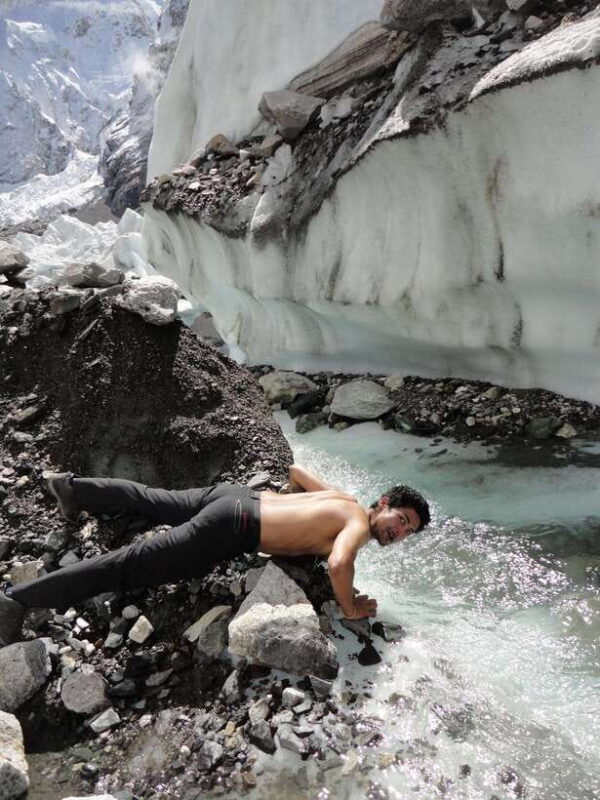
The stunning vistas are without question the main draw. Many reviews highlight how travelers are struck by the sheer scale and beauty of Everest and its surrounding peaks. The opportunity to see Everest up close, especially from Kala Patthar, is a highlight that sticks with most trekkers.
The trip’s thoughtful layout—including acclimatization days—makes it safer and more comfortable than a nonstop ascent. The local Sherpa culture enriches the experience, with visits to monasteries and interactions with friendly villagers providing authentic cultural insights.
The value for money is notable. For under $1,500, you get a comprehensive package that covers flights, permits, guides, and accommodations, making it a practical choice for budget-conscious adventurers. The included certificate of achievement also offers a tangible reward for your efforts.
Possible Drawbacks or Considerations
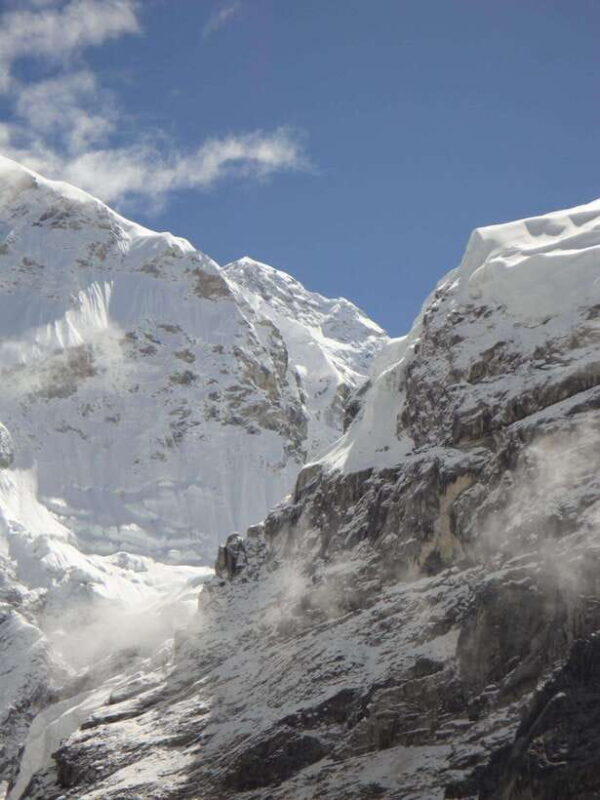
While this trek offers excellent value, travelers should be aware of the basic accommodations—teahouse lodges are simple, and amenities are limited. The trek is physically demanding, involving multiple days of high-altitude walking, so a good level of fitness is essential.
Weather can be unpredictable, especially outside the prime seasons of February to July. This might mean cold temperatures or rain, which could impact views and comfort. Also, if you’re traveling solo and are the only trekker, note that you won’t have a dedicated porter, so pack light.
Who Is This Trek Best For?
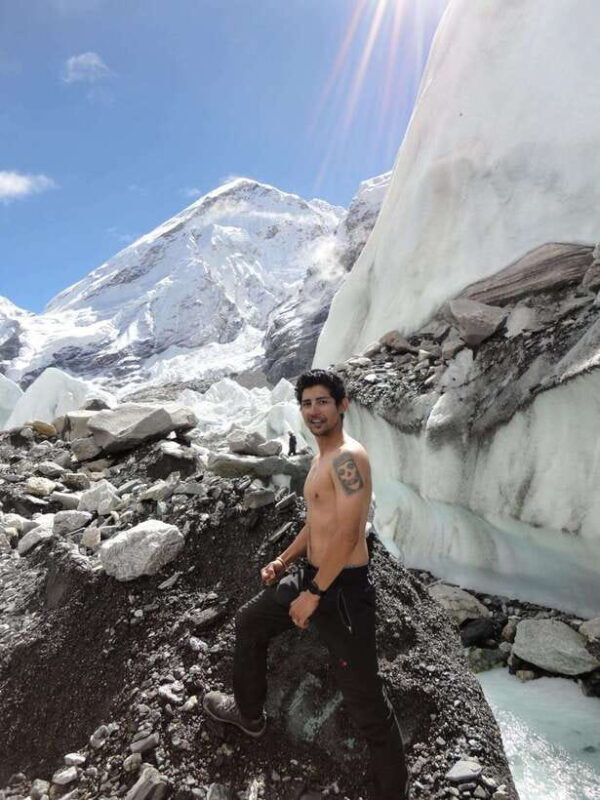
This trek suits adventurers with a decent fitness level and an appreciation for authentic mountain environments. It’s an excellent choice for travelers who want a comprehensive Everest experience without the luxury price tag. It’s not ideal for those seeking luxury or with mobility challenges, given the high altitudes and basic lodge accommodations.
Nature lovers, culture enthusiasts, and budget travelers will find this trip offers a balanced mix of scenery, cultural insights, and value. If you’re seeking a classic Everest trek with the reassurance of an organized group and experienced guides, this one hits the mark.
The Sum Up
This 12-day Everest Base Camp Trek from Kathmandu offers a sincere taste of Himalayan majesty at an accessible price point. With breathtaking mountain vistas, well-planned acclimatization, and authentic Sherpa culture, it appeals to travelers eager for adventure without the exorbitant cost. The logistics are straightforward, thanks to inclusive flights, permits, and experienced guides, making it ideal for those new to trekking high mountains.
You’ll love the way each day reveals more of Everest’s grandeur—from lush forests and monasteries to the icy khumbu glaciers and finally the iconic base camp. The value is undeniable, especially considering the range of sights and cultural experiences packed into these 12 days.
This trip is best suited for active travelers craving an authentic Himalayan adventure, who are comfortable with basic accommodations and high-altitude trekking. If you’re looking for a meaningful challenge that combines stunning scenery and Sherpa hospitality, this trek offers a genuine adventure in the heart of the Himalayas.
FAQ
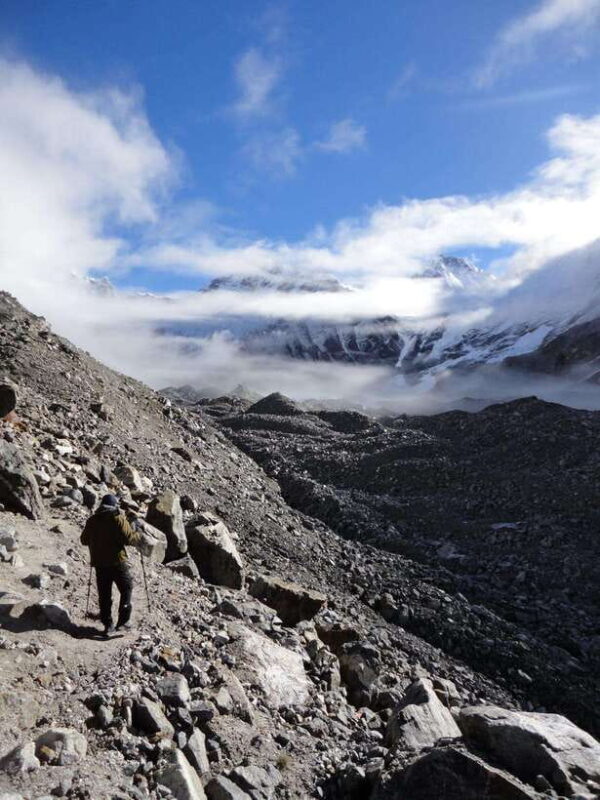
Is this trek suitable for someone with no trekking experience?
While previous trekking experience isn’t mandatory, you should be in good physical condition and prepared for multiple days of walking at high altitude.
What is the main highlight of this trek?
Most travelers cite the stunning views of Everest and the Khumbu Icefall, along with reaching Everest Base Camp as the ultimate highlights.
Are accommodations comfortable?
The trek offers basic twin-sharing lodges in teahouses. They are clean and cozy but lack luxury amenities.
How are the guides and porters?
Guides are experienced and licensed, offering valuable local insights. Porters carry your main luggage (one porter per two trekkers), making the terrain more manageable.
What is included in the price?
The package covers flights from Kathmandu to Lukla and back, all ground transport, permits, guide and porter services, and lodging during the trek.
What’s not included?
Extra expenses include meals in Kathmandu, personal expenses, extra baggage fees, and rescue insurance.
When is the best time to do this trek?
The optimal months are February through July, when weather conditions are most stable, offering the clearest views.
Do I need travel insurance?
Yes, travel and rescue insurance are not included but are strongly recommended, especially given the high-altitude nature of the trek.
How physically demanding is the trek?
It involves several days at high elevations, with some steep ascents. Good fitness and altitude acclimatization are key.
Can solo travelers join?
Yes, it’s a private group experience. Solo travelers are welcome, but if only one person books, they should be prepared to carry their own luggage.
This Everest Base Camp trek provides a well-rounded and value-packed Himalayan adventure, perfect for those ready to embrace the mountains without a hefty price tag. It combines awe-inspiring scenery, cultural richness, and the satisfaction of conquering one of the world’s most iconic destinations.
You can check availability for your dates here:More Hiking & Trekking Tours in Pheriche
More Tour Reviews in Pheriche
Not for you? Here's more nearby things to do in Pheriche we have reviewed
- Everest Base Camp Trek
- Kathmandu: 20 Day Everest Base Camp Trek with Kalapatthar
- Kathmandu : 14 -Day Everest Base Camp with Kala Patthar Trek
- Everest base camp trek 12 days
- Lukla: 11-Day Everest Base Camp Trek from Lukla with Guide
- Nepal: Everest Base Camp with Kalapathar Trek
- From Kathmandu: 12 – Day Everest Base Camp Guided Trek
- Kathmandu: Everest Helicopter Tour with Syangboche Landing
- From Kathmandu: 11- Day Everest Base Camp Trek with Guide
- From Pokhara: 11-Day Budget Everest Base Camp Trek
- Kathmandu : Budget 15-Day Everest Base Camp Trek /2025
- From Lukla: 18-Day Everest Base Camp and Gokyo Lakes Trek
